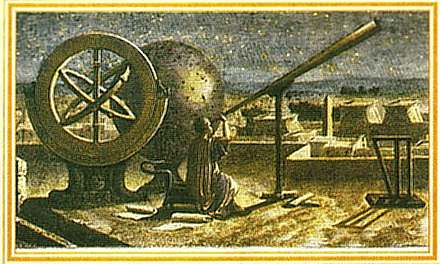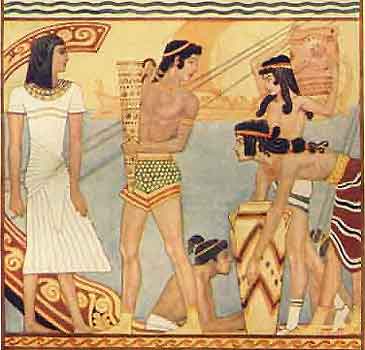"But come: let us follow more closely the tracks of this similarity of the planetary reciprocation [libration] to the motion of a magnet, and that by a most beautiful geometric demonstration, so that it might appear that a magnet has such a motion as that which we perceive in the planet." -- Johannes Kepler, astronomer, New Astronomy, 1609
Protons, neodymium magnets, and planets all obey the same laws.
Buchanan, M., Lonely, Spun-out Proton Reveals Magnetic Secret, New Scientist, Apr 22nd 2011 (Hat tip: Arbeit Macht Frei)
The magnet causes the lone proton to "precess" like a spinning top, at a frequency that depends on its g-factor. The researchers deduced this frequency using radio waves that flipped the orientation of the proton's magnet only when their frequency matched the precession frequency (arxiv.org/abs/1104.1206v1)."According to the papyrus found in the monastery of Abu Hormeis, (translated into Arabic 225 AH), the deluge was to take place when the heart of the Lion entered into the first minute of the Crab's head, at the declining of the star; which is obviously an astronomical observation relating to the inundation of the Nile. It is rendered backwards as if applied to the ending of a cycle in precession." -- Gerald Massey, egyptologist, 1881
"The Greek astronomers had enough instrumentation and data to detect the motion, which is immensely slow, and they saw that it applied to the whole of the sky. Hipparchus in 127 B.C. called it the Precession of the Equinoxes. There is good reason to assume that he actually rediscovered this, that it had been known some thousand years previously, and that on it the Archaic Age based its long-range computation of time. Modern archaeological scholars have been singularly obtuse about the idea because they have cultivated a pristine ignorance of astronomical thought, some of them actually ignorant of the Precession itself." -- Giorgio De Santillana and Hertha Von Dechend, polymaths, Hamlet's Mill: An Essay On Myth and the Frame of Time, 1969
"Personally I believe that when we really understand this Mill and how it works we will find out where we are in time and that's something that's very precious that I think has been lost by this linear view that anything that came before us must be more primitive. With that view, there's really nothing that we can learn in ancient history." -- Walter Cruttenden, author, October 2008








































